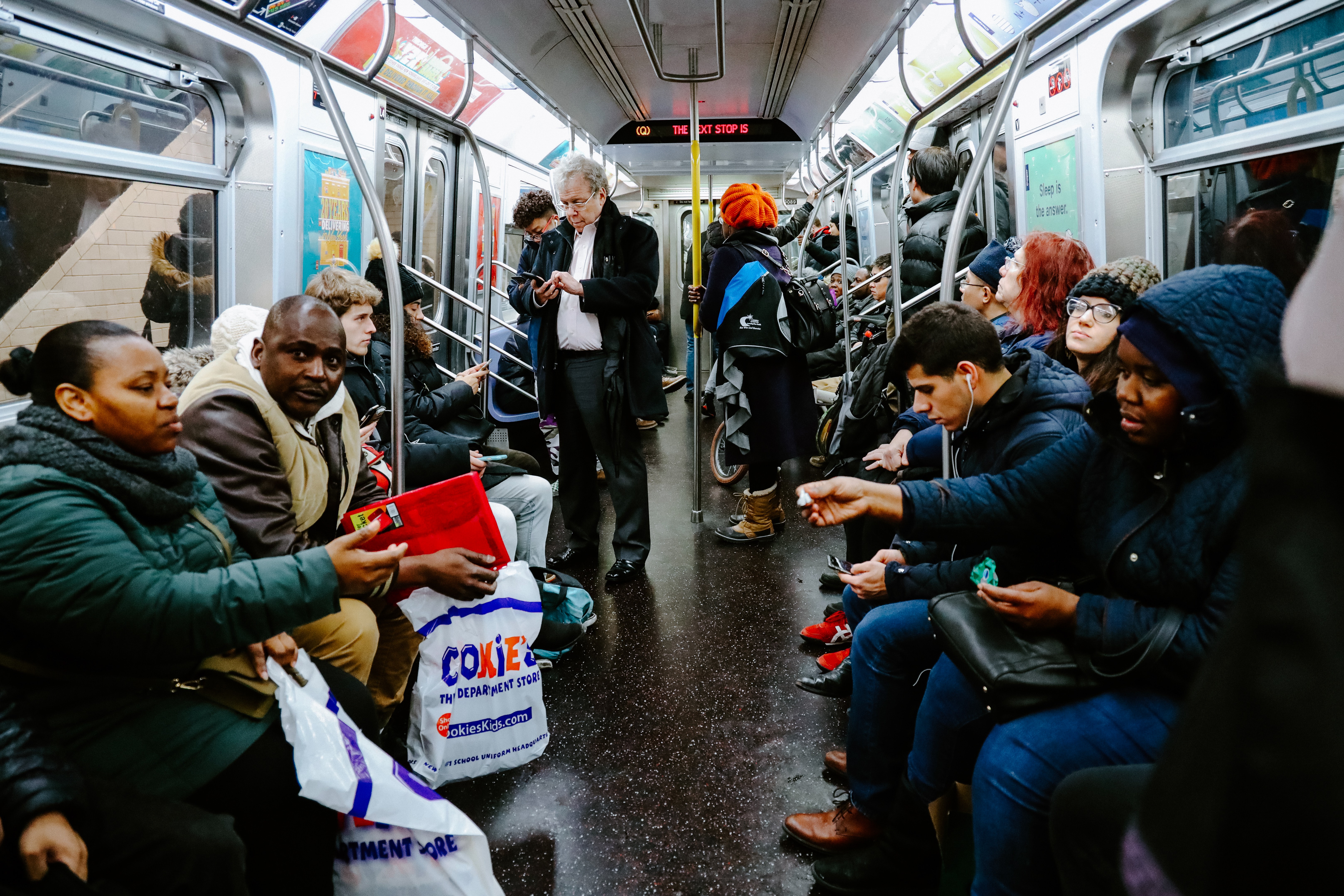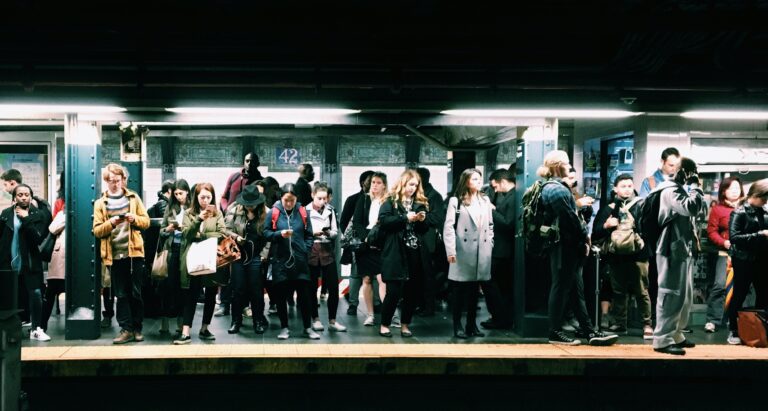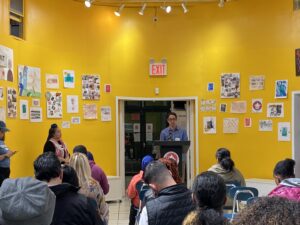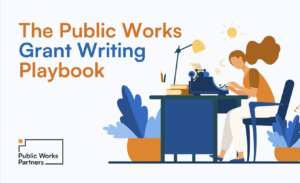

July 28, 2023



In an era increasingly shaped by technology, from the rise of artificial intelligence to the integration of computers in education, a shift is slowly occurring

“Impactful work doesn’t just happen quickly. I think understanding systems and stakeholders and finding a way through is the exciting part about managing these projects.”

Public Works Partners excels in turning complex requirements into compelling narratives and winning proposals using tools like project plans, checklists, and scoring rubrics. Our proactive
 Public Works Partners is a WBE/DBE-certified urban planning and consulting firm. Our expertise lies in creating innovative, equitable, and sustainable solutions to complex problems.
Public Works Partners is a WBE/DBE-certified urban planning and consulting firm. Our expertise lies in creating innovative, equitable, and sustainable solutions to complex problems.
Stay in the know with news, announcements, and expert insights from Public Works Partners.